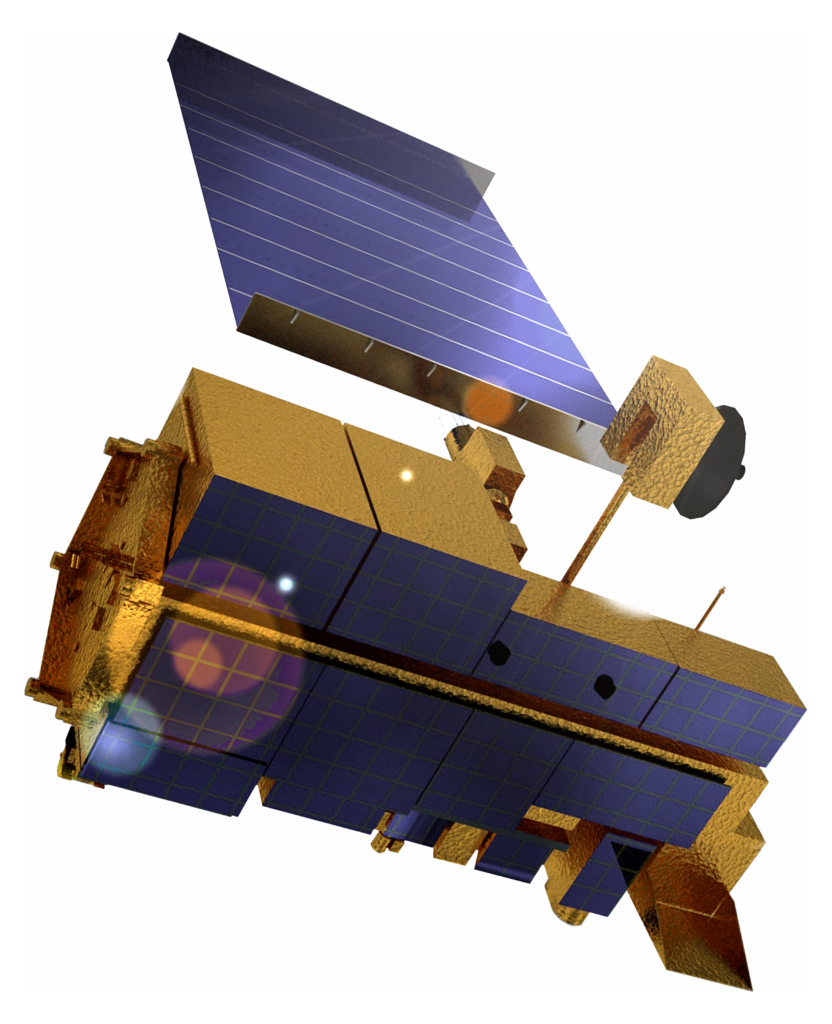For nearly 20 years, the Terra satellite maintained a consistent orbital speed and altitude, resulting in a near-constant morning equator crossing time of around 10:30 AM. However, since February 2020, the Terra satellite has been allowed to drift in time to an increasingly-earlier equator crossing. In October 2020, Terra reached a 10:15 AM equator crossing time, and was then lowered about 5km to make room for other upcoming Low-Earth Orbit (LEO) missions, while continuing to drift to an earlier and earlier morning equator crossing time. Despite these orbital changes, Terra instruments will continue to collect high quality earth observations.
In order to inform data users, scientists, and the general public about these orbital changes, the Terra team and NASA Headquarters recently hosted two virtual information workshops. Brief descriptions of these forums, along with links to the webinar recordings, slide decks, and other information resources, are provided in the sections below.


